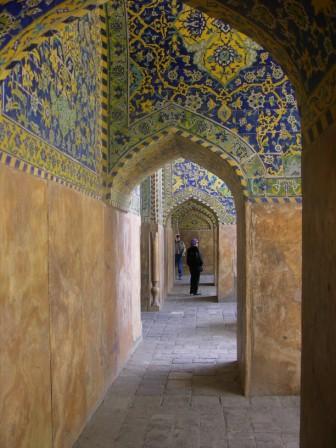|
|
Oriental Rugs - History |
|
The Golden Age was short-lived. The Afghan invasions of the early 1700's disrupted the Persian world and for the next 100 years, until a vigorous trade began with the west, few fine court carpets were made. Most rugs exported during those years were from Turkey. Turkey's trade with Europe and, later, America, remained brisk well into the 1800s. It is hardly surprising: at one point, the Turkish Empire's borders extended into what is now Austria. So strong was the domination of the market that most oriental rugs were called Turkey carpets. By the mid-1800s, however, the Persian carpet had begun to make a strong comeback.

Until the turn of the twentieth century, the highest-quality oriental rugs sold in America were those from large commercial workshops in Kerman, Tabriz, Isfahan, Kashan, and other Iranian cities where rug-making had earlier established a firm stronghold. In time, rug dealers and collectors began to recognize the special beauty of the more-coarsely-woven tribal rug. Tribal rugs were-and in many places, still are-crafted by nomadic women on small, moveable looms that could easily be transported when the tribes moved in search of grass for their sheep. Like their city counterparts, these rugs carry designs reflecting age-old elements from nature and religious art. But while the elaborate patterns of the Safavid court rugs appear with only slight variations in the medallion city rugs, the same designs in many tribal rugs tend to be more rectilinear than curvilinear and emboldened. The flowers are lengthened, the animals stylized, the soft medallions eliminated or turned into vigorous geometric statements.
